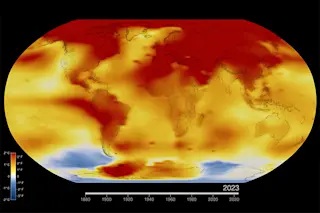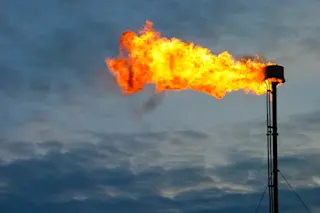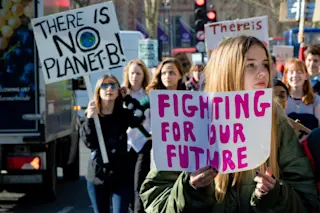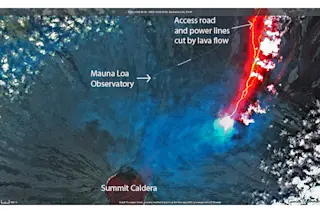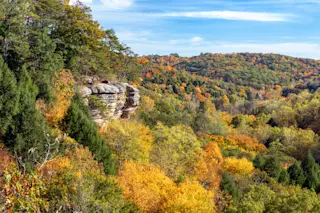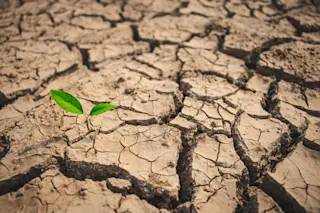The Islands of the Four Mountains in Alaska's Aleutian chain are seen in this photograph taken from the International Space Station (ISS). The islands are the upper slopes of volcanoes that rise from the sea floor. (Source: NASA Earth Observatory) It was the lovely morning light that first drew me to this image of four volcanic islands in the Aleutian chain, photographed in November by an astronaut aboard the International Space Station. The magic hour light was, in fact, what NASA's Earth Observatory emphasized when it published the photo yesterday. But then I noticed what was going on in the cloud deck — and for me, at least, that elevated the image from the extraordinary to the sublime.
Cleveland Volcano erupting on May 23, 2006, as seen from the space station. Click to enlarge. (Source: NASA) The most obvious feature is something that looks like the eye of hurricane. It's ...



